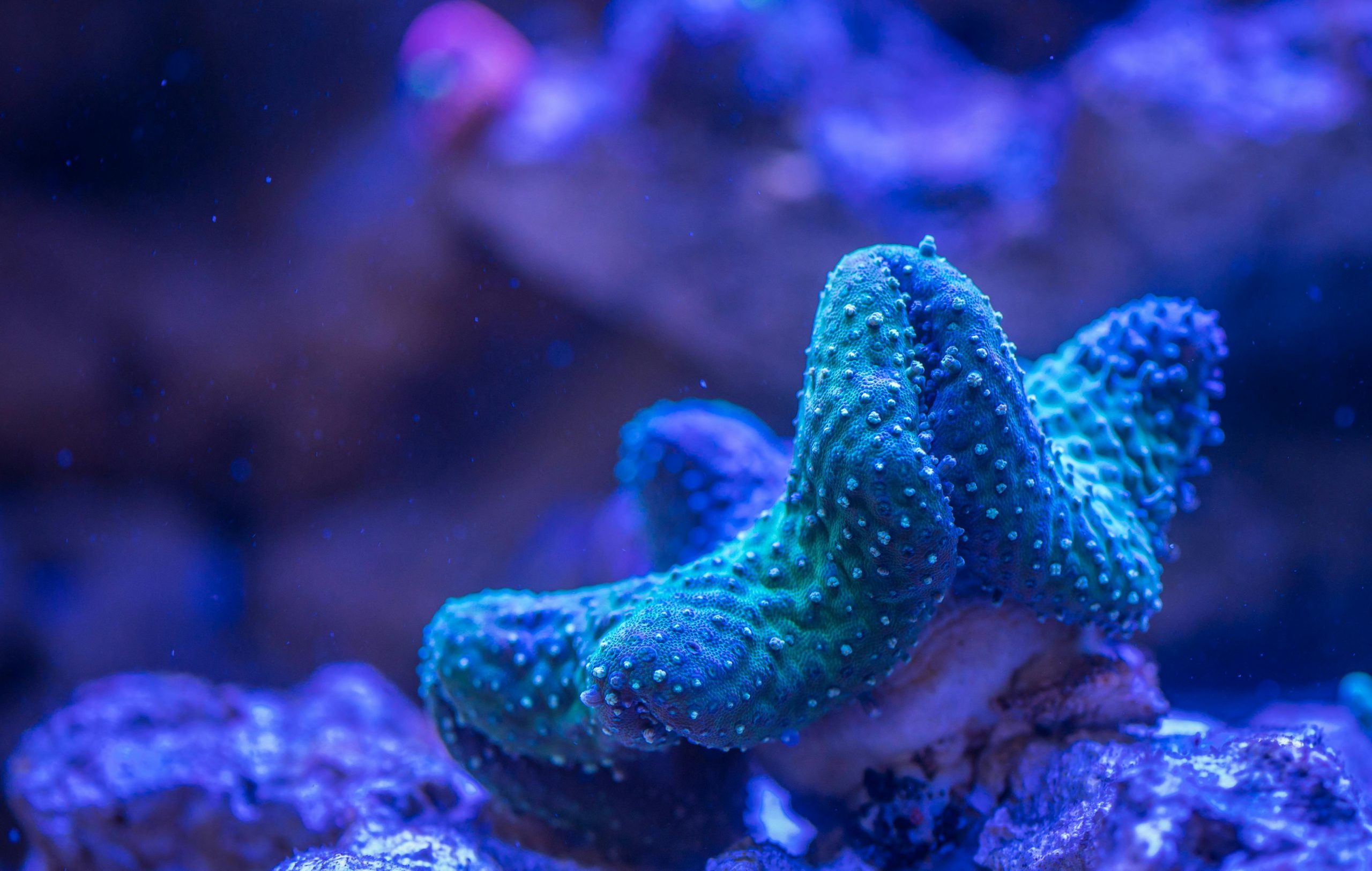Table of Contents
![]()
Creating a natural habitat for your fish is crucial for their health, well-being, and longevity. A well-designed environment not only supports their physical needs but also encourages natural behaviors and contributes to their overall happiness. This guide covers essential steps and considerations to help you create an ideal habitat for your aquatic pets.
Understanding Your Fish’s Natural Habitat
1. Researching the Species
Before setting up your aquarium, it’s essential to understand the specific needs of your fish species. Each species originates from different environments, whether it be a river, lake, or reef. Research the following aspects:
- Origin and Natural Environment: Determine where your fish species naturally thrive. For instance, a South American cichlid may require a warm, slightly acidic environment, while a goldfish, native to East Asia, might prefer cooler water.
- Typical Water Conditions: Learn about the water parameters such as temperature, pH level, and hardness that your fish require. This knowledge is crucial for replicating their natural habitat.
- Social and Behavioral Traits: Consider whether your fish are solitary or social, aggressive or peaceful. This information will guide you in selecting tank mates and arranging the tank environment.
2. Identifying Essential Habitat Features
To mimic the natural habitat of your fish, you need to incorporate several key features:
- Substrate: Choose a substrate that reflects the natural environment of your fish. For example, sand or fine gravel might suit bottom-dwelling species, while larger gravel or rocks are ideal for fish that need to dig or hide.
- Plants and Vegetation: Live plants not only enhance the aesthetic appeal of your tank but also provide oxygen and hiding spots. Research plant species compatible with your fish and their care requirements.
- Hiding Spots and Shelter: Fish often seek refuge to reduce stress. Provide caves, driftwood, and rocks that mimic natural hiding places found in their wild habitats.
Setting Up the Aquarium
1. Choosing the Right Tank
- Size and Shape Considerations: The size of the tank should be appropriate for the number and size of fish you plan to keep. Larger tanks provide more stable water conditions and more space for your fish to thrive.
- Proper Filtration and Circulation: A good filtration system is crucial for maintaining water quality. Choose a filter suitable for your tank size and ensure it provides adequate circulation to prevent stagnant areas.
2. Preparing the Substrate
- Types of Substrate: Select a substrate that complements your fish’s needs. For example, a sandy substrate is ideal for species that sift through the substrate, while a rocky substrate benefits those that like to hide.
- Cleaning and Maintaining Substrate: Rinse the substrate thoroughly before adding it to the tank to remove dust and debris. Regularly clean the substrate during water changes to prevent the buildup of organic waste.
3. Adding Plants and Decorations
- Types of Plants: Choose between live plants and artificial decorations. Live plants enhance the tank’s natural look and provide benefits like oxygenation and water filtration. Artificial decorations offer low maintenance but should be selected to avoid sharp edges that could harm fish.
- Placement and Arrangement: Arrange plants and decorations to create a balanced environment. Ensure that there is enough open swimming space while also providing areas for hiding and exploring.
- Adding Rocks and Driftwood: These additions should be thoroughly cleaned and boiled if necessary to remove any contaminants. Position them to mimic natural formations and provide structural complexity.
Maintaining Water Quality
1. Monitoring and Adjusting Temperature
- Using Heaters and Chillers: Install a heater to maintain the appropriate temperature for tropical fish. For fish that require cooler water, consider using a chiller.
- Temperature Range: Regularly check the water temperature with a reliable thermometer and adjust as needed to stay within the ideal range for your fish species.
2. Managing pH and Hardness
- Testing and Adjusting pH Levels: Use a pH test kit to monitor the acidity or alkalinity of the water. Adjust pH levels using appropriate additives or by modifying water changes.
- Dealing with Water Hardness: Measure water hardness and use water conditioners if necessary to maintain the appropriate hardness levels for your fish.
3. Ensuring Proper Filtration
- Types of Filters: Choose a filter that suits your tank size and type. Canister filters are efficient for large tanks, while hang-on-back filters are suitable for smaller setups. Sponge filters can provide gentle filtration for delicate species.
- Regular Maintenance and Cleaning: Clean or replace filter media as recommended by the manufacturer. Regular maintenance ensures effective filtration and prevents buildup of harmful substances.
4. Conducting Regular Water Changes
- Frequency and Amount: Perform partial water changes (typically 10-20% of the tank volume) weekly or bi-weekly to remove waste and replenish essential minerals.
- Methods for Safe Water Replacement: Use dechlorinated water and ensure it is at the same temperature as the tank water to avoid stressing your fish.
Creating a Balanced Ecosystem
1. Introducing Compatible Fish and Invertebrates
- Understanding Fish Behavior: Choose fish species that coexist peacefully. Research their compatibility and social structures to prevent conflicts.
- Avoiding Overstocking: Avoid adding too many fish to prevent overcrowding, which can lead to poor water quality and increased stress.
2. Maintaining a Healthy Biological Filter
- Beneficial Bacteria: A healthy biological filter supports beneficial bacteria that break down waste. Avoid disrupting this ecosystem by over-cleaning or using harsh chemicals.
- Nitrogen Cycle: Ensure that your tank is fully cycled before adding fish. This cycle involves the establishment of beneficial bacteria that convert harmful ammonia to less toxic nitrates.
3. Monitoring Fish Health and Behavior
- Recognizing Signs of Stress or Disease: Regularly observe your fish for signs of stress, disease, or unusual behavior. Address any issues promptly to prevent serious health problems.
- Adjusting Habitat Elements: Modify habitat elements if necessary to address health concerns or improve comfort. This may include adjusting water parameters, adding more hiding spots, or changing the tank layout.
Troubleshooting Common Issues
1. Addressing Algae Growth
- Causes of Excessive Algae: Algae blooms can result from excess light, high nutrient levels, or inadequate filtration. Monitor light exposure and nutrient levels to manage algae growth.
- Prevention and Control Measures: Regular maintenance, including water changes and algae scrubbing, can help control algae. Introduce algae-eating fish or invertebrates if appropriate.
2. Dealing with Aggressive or Territorial Fish
- Identifying Aggression Issues: Monitor interactions between fish to identify any signs of aggression or territorial disputes.
- Solutions and Modifications: Provide additional hiding spots, rearrange tank decorations, or separate aggressive individuals to reduce conflicts.
Conclusion
Creating a natural habitat for your fish involves careful planning and ongoing maintenance. By replicating their natural environment and providing a well-balanced ecosystem, you can enhance their quality of life and ensure their long-term health. Stay informed about your fish’s needs and make adjustments as necessary to create a thriving aquatic community.
Share This





Be the first to comment